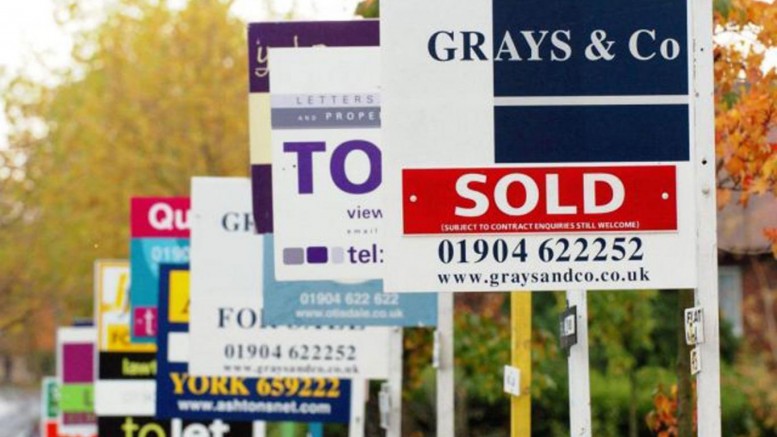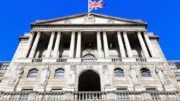UK house prices fell for the fourth successive month, with a dip of 0.9% recorded between February and March. However, the yearly average reveals an increase of 4.1% despite falling from 5.5% the previous month. As of March, the average house price reached £285,000, indicating an £11,000 increase from the preceding year but an £8,000 drop from November’s apex.
Data from the Land Registry reveals that London’s property market has experienced a mere 1.5% increase over the past year. In contrast, new build properties have seen a robust 11.1% increase in the same period.
Sarah Coles, Head of Personal Finance at Hargreaves Lansdown, shared her insights: “Despite the recent fall in March, the house price drop has been relatively minor and short-lived, and we may be heading for a smooth descent.”
Looking ahead, she warns of a potential turbulence. “RICS figures indicate a dwindling demand with a decrease in new buyers in both March and April. Consequently, house sales have gone down and prices continued to drop. We cannot discount the possibility of further negative news in the upcoming months.”
Coles however identified some positive indicators in the market. “The Bank of England reported a significant rise in approved mortgages for new purchases in March, indicating a potential surge in purchases this summer. The Zoopla index also provides a more optimistic outlook, revealing a 14% increase in demand after the Easter break compared to 2019, even though it still falls short of last year’s levels.”
Attributing market resilience to the labour market, she adds, “Unemployment rates have been at record lows, and no substantial shifts have been noted so far. Even though the Bank of England predicts a rise to 4.4% in 2024, this rate remains relatively low by historic standards. As long as people are employed, we shouldn’t anticipate a surge in forced sales.”
Millions of existing landlords and homeowners who haven’t seen their interest rates increase due to fixed-rate deals could be in luck if rates decline before their remortgage period. “However, the future of rates is still the greatest potential risk to the market,” warns Coles. “At present, the market is factoring in one more rise to 4.75%. The recent drop in inflation in April back to single digits isn’t expected to disrupt this view. But with core inflation rising to 6.8% in April, there’s a potential risk that the Bank of England might struggle to manage inflation. If rates climb higher, the market could be impacted more severely.”
Regional disparities persist in the property market, with London’s growth dwindling to 1.5% over the year. “Prices there could even drop before they rise again. Meanwhile, new build property prices continue to outstrip the market. Although this bodes well for housebuilders, it could pose a risk for buyers paying the new build premium and then selling relatively quickly. The premium could be lost, and house price increases may not compensate for it,” concluded Coles.
ONS House price data for March was released today: UK House Price Index: March 2023 – Office for National Statistics (ons.gov.uk)
Land registry data for March was also published: UK House Price Index: reports – GOV.UK (www.gov.uk)








